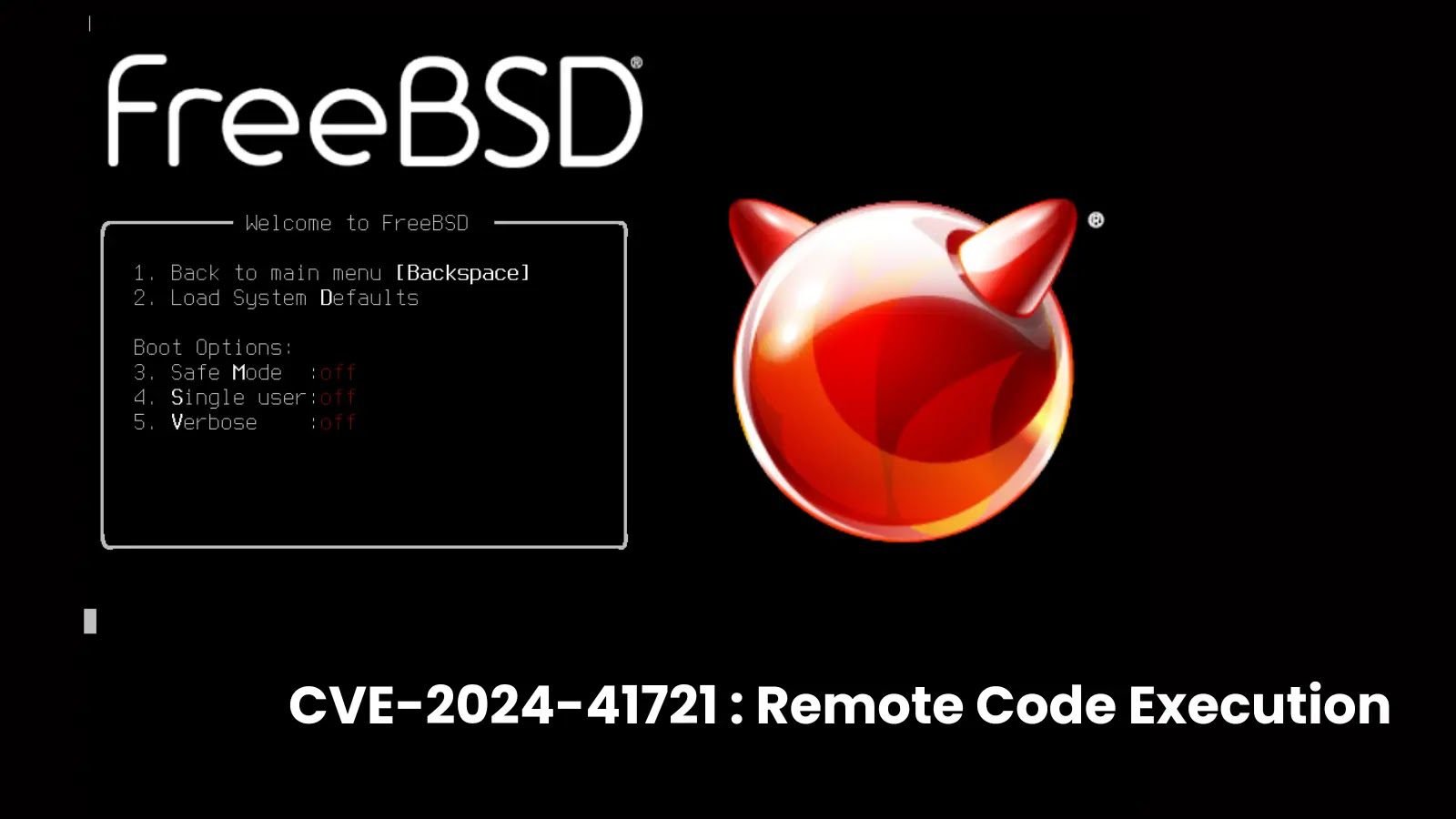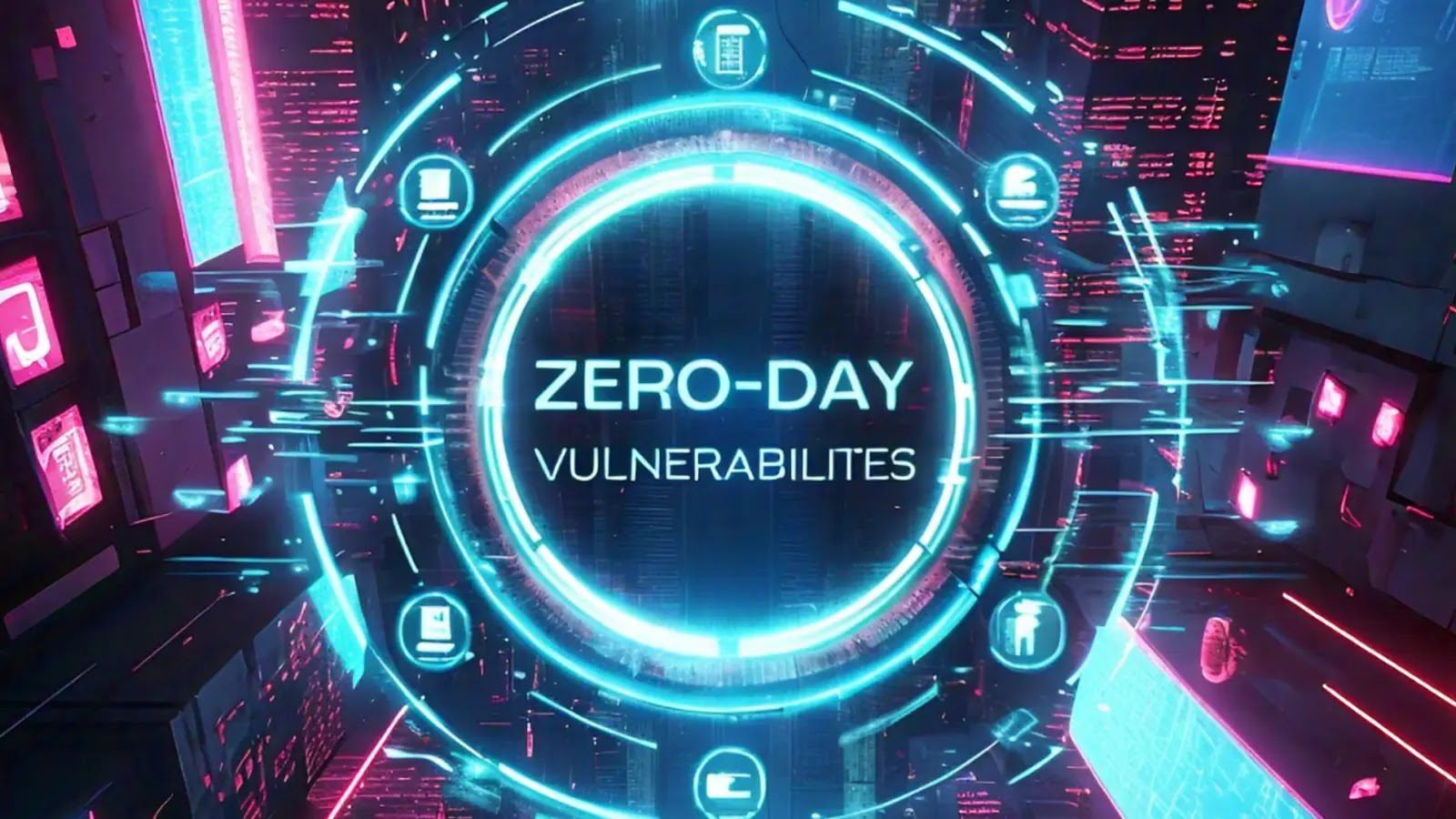What Is SOAR and How It Works? Features and Benefits
The famous word SOAR’s complete form is security orchestration, automation, and response. It is a technology that helps coordinate, automate, and execute the task between tools and various people.
It also allows the company to respond quickly to cybersecurity attacks and improve its complete security posture. This SOAR tool uses the security “playbooks” that are automated and coordinate the workflows where it includes any number of disparate security tools and human tasks.
According to the Gartner report, it is estimated that the SOAR market will grow to $550 million by 2023 with a CAGR of 14.9%.
SOAR platform must help to improve the security operation, there are a few things which it does those are below:
- It combines security orchestration, incident management, interactive investigation, and intelligent automation all together; it tries to keep in a single solution.
- It breaks down the silos by facilitating the collaboration team to enable the security analysis to automatic action. It makes the tool for the security stack.
- It also provides the security teams in single, where it can be centralized to manage and coordinate the company’s security.
- It can optimize case management, creating efficiencies by opening and closing tickets and investigating the resolved incidents.
1.What are the benefits of SOAR SIEM?
Integrating SOAR and SIEM improves cybersecurity operations. First, it automates common operations and orchestrates complicated workflows to speed up threat mitigation.
This combination gives a more complete security picture because SOAR’s automation complements SIEM’s data collecting and analysis.
These synergies improve incident response efficiency since SOAR can automate SIEM alarm responses, saving time and effort. It also enhances incident management and reporting, helping teams handle more incidents and gain threat prevention insights.
SOAR and SIEM integration improves security, decreasing security breaches and boosting cyber resilience.
2. What are three reasons SOAR is used?
Security Orchestration, Automation, and reaction (SOAR) is used to improve efficiency, reaction times, and incident handling. First, it automates tedious security procedures so teams may focus on important priorities.
Automation streamlines procedures and decreases human error, improving operational efficiency. Second, SOAR tools speed security response.
SOAR speeds up cyber event mitigation and containment by automating common threats and orchestrating complicated operations. Finally, SOAR centralizes security activities to improve incident handling.
It streamlines incident management by integrating security tools and systems. This holistic view improves an organization’s security by responding quickly, analyzing trends, and preparing for future threats.
3.Is Splunk a SOAR tool?
Splunk is best known as a sophisticated SIEM tool, not a SOAR solution.
Splunk’s capacity to collect, analyze, and visualize huge amounts of machine-generated data from diverse sources makes it ideal for real-time security monitoring, searching, and analysis.
Splunk bought Phantom, a prominent SOAR platform, to meet expanding demand. Splunk‘s interaction with security orchestration and automation helps automate responses and streamline security procedures.
Splunk is a SIEM product, but its acquisition of Phantom expands its SOAR capabilities, integrating sophisticated data analytics with automated security response.
Why Does the Company Need SOAR?
In this era, organizations face many numerous challenges, those are below:
- Due to the growing number of complex security threats and malicious activity, the company is mainly looking for SOAR.
- There are too many security tools that do not talk with each other. For example, a few companies’ service reports found the average security operations center that now uses more than 15 security products and most of the products do not offer SOC automation.
- There are many overwhelming numbers where you can get security alerts and internal data so that security teams can work manually through investigating, prioritizing, addressing, and much more.
- The company feels difficult in finding the security people with the right skill, through this SOAR, people can set their job correctly.
- There are minimal visibility in the tool where data sets the environment.
How does the SOAR Work?
SOAR is an individual component whose main aim is to gather all things together and ease the burden from the organisation.
- Orchestration: This system enables the cybersecurity and IT terms to combine the overall network environment with the more unified manner. This tool helps to combine the internal and external threat information.
- Automation: This is an extra add-on feature which helps to eliminate the manual steps, and this can be a little more tedious and time-consuming. This security automation can complete a wide range of tasks, which include managing user access and logs queries. This automation can be used as orchestration, and it helps to necessitate multiple security tools.
- Response: Orchestration and automation together build the foundation for the reaction of the SOAR system. This organization manages everything with plan and coordination, and they know how to react to a few security threats. This automation can be featured with the SOAR eliminated so that it can understand human error. It always makes the correct response and reduces the time so that everything can go with remedied.
Features of SOAR
- Process Automation: Through this, the user can implement the response of workflow between the security appliances.
- Incident response playbooks: As a user you need to upskill your analysts so that it can accelerate the investigation with pre-built courses and Mandiant incident responders develop it.
- Open plugin framework: It is integrated with more than 150 third-party tools where the data source is seamless and single-pane management.
- Case Management: SOAR helps to collaborate between analyst and incident to respond to storing correlated alerts and artifacts in the case management system. It also creates a role-based group that assigns the granular to enhanced workflow management.
- Institutive user interface: It enables the security teams that get connected easily with the simplified abstraction layer to retrieve the push information. After the user changes the network, it reaches the physical access control just with a click of a button.
Benefits of SOAR
- Meet budgetary needs: Threat is always made it presents a significant issue for the enterprise. Whenever a new threat comes, a novel protocol starts developing, and at that time, it becomes essential to hire new people so that the process can be managed. There are new types of cyberattacks where the organization has to arrange a way to analyze the data and develop the system to address the problem. For doing this, it takes time, resources, and energy. But when you are working with SOAR, everything will become automated and conserve time and money.
- Enhanced time management and efficiency: If you use the SOAR approach, you can save time and productivity. People who are in the team can spend countless hours using SOAR which is automated and supports the organizational objectives. It has more efficient use for human resources and you need to spend less time recruiting and hiring new staff.
- Manage incidents more effectively: Enterprises always benefit when threats are dealt with more quickly. SOAR always allows faster response and accurate intervention. If the user makes some mistakes, then it may take some time to fix the problem. It helps to reduce human error and leads to an effective issue-management system.
- Flexibility: SOAR always sets things as per requirement. Its’ design will make the changes automatically change as per needs. It also follows the existing security system. SOAR also adopts the current setup without any conditions, and it is time-consuming. It also collects data from different sources, and it gets that from the machine, manual input, or emails. There is an IT team that decides how the data should be tracked according to the organization’s needs.
- Enhanced collaboration: Different types of threats get addressed by the central SOAR system. It makes up the team that gets a handle on an individual basis and collaborates with automation. It provides a unified set of protocols that empower the IT teams to collaborate with the innovative solution.
Final Thoughts
No business is ever too big or too small for SOAR. It improves the company’s coordination even further, and their efficiency helps them quickly reduce threats.
When it comes to security operations, SOAR consistently raises the bar for automation and sophistication.






